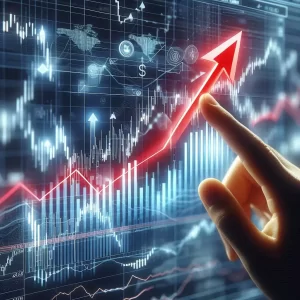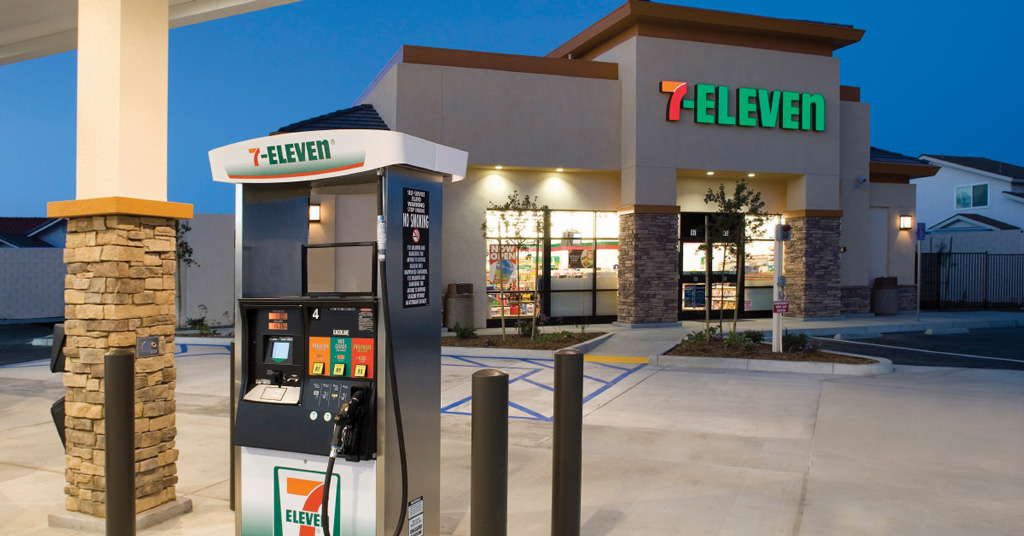Financial Trading – So Many Markets

Trading covers a multitude of sins, or at least a multitude of markets. Mention “trading” to a non-trader and they’ll probably think of stock and shares but there are many other markets you can trade in. These include commodities, futures, indices, CFDs and options. They all have their pros and cons and some require specialized knowledge.
The most popular markets used by traders are stocks, commodities, futures, indices and forex. Some traders switch between markets, others stick to just one. Let’s highlight some of the similarities and differences between them.
Shares
In the USA there are over 40,000 shares so you have a lot of markets to choose from. You can’t deal in all of them so you need to home in on those that offer good trading opportunities using whatever trading methods you decide to use.
When buying shares you usually have to put up all the money at the time of sale. That might seem obvious but it’s not so with all markets. Some brokers offer a 50% margin with shares which means you can trade to the value of twice the amount in your account. This seems like a good deal but if your shares start to go down you’ll get a “margin call” and will either have to put more money in your account or sell the shares at a loss.
Shares are normally traded in lots of 100. If you want to trade an expensive share – and some shares are very expensive, particularly in the US markets – you need a considerable amount of money in your account.
It’s not easy to sell shares short. Selling short is a strange concept to many people who think of buying shares at a low price and selling then at a higher price. But it’s often easier to predict that a share will fall rather than rise so what you’d like to do is to sell it at a high price and then buy it back later at a low price. The net result is the same whatever the order of the deals – buy low, sell high.
However, you can’t sell something you don’t own so in order to sell shares short you must “borrow” them from your broker. This is not quite as straightforward as buying and not all shares are available for selling short.
Finally, share dealing takes place during market hours so if you don’t live in the country where they are being traded you must adjust your trading hours to suit.
Futures, commodities and indices
Commodities are goods such as corn, copper, crude oil, orange juice, oats, gold and wheat.
Technically, a futures contract is an agreement to make or accept delivery of a commodity on a certain day at a certain price. In practice this rarely happens unless you’re a manufacturer who actually wants the goods. The vast majority of futures traders are simply speculating on whether the price will go up or down and never take delivery of an item.
Futures contacts include commodities and also stock market indices such as the S&P 500, Dow Jones and the Russell. Indices are simply a composite of securities that provide an overall reading of the market or some section of it.
The S&P 500 (Standard & Poor’s 500) tracks 500 of the largest companies in the US market. The Dow Jones Industrial Average tracks only 30 of the largest and longest-established companies while the Russell 2000 is an index of smaller stocks.
Essentially, commodities and indices are futures and traded in much the same way although traders may use the terms interchangeably.
Unlike shares, futures can be sold short just as easily as they can be bought. Each futures contract has its own fluctuating price and many traders deal in just one lot contracts.
Brokers usually charge a flat fee commission per contract, often expressed as a “round turn” which is one buy and one sell transaction. This may be a few dollars, often less than the value of a point or two on the contract. If you’re trading a long time frame the commission is negligible but if you’re day trading and scalping for a few points here and there it becomes a considerable part of the cost.
Futures brokers usually offer a margin of around 20% of the value of the underlying instrument so you can control $10,000’s worth of a contract for maybe $2,000. However, the same rules apply – if you over-leverage your account you’ll receive a margin call or your positions will be closed at a loss. Margin and leverage are a two-edged sword.
Many brokers offer a demo account so you can get used to the trading platform and test your trading strategies before you put real money on the line.
Forex Currency Trading
Currency trading, foreign exchange or forex as it’s more commonly known, has fast become one of the most popular markets for private traders in recent years.
As its name suggests, it involves buying and selling foreign currency. The most commonly traded currencies are referenced against the US Dollar and are sometimes referred to as a “currency pair” even though you are only trading one instrument. For example, the GBPUSD is the UK Pound/US Dollar pair. A value of 1.7625 would mean that the one Pound is worth 1.7625 Dollars. Other popular pairs include the Euro (EURUSD), the Swiss Franc (USDCHF) and the Japanese Yen (USDJPY) although there are others.
So unlike shares and futures, you don’t have a mass of markets to choose from, but there is variety within forex currency trading to give you a range of markets to trade.
The value of each pair differs slightly but the minimum movement – called a “pip” – is worth approximately $10. The GBPUSD has been averaging 100-150 pips per day which would be $1000-1500. Many brokers let you trade half or even quarter-size lots which are useful when you’re starting out. Also, many brokers offer a demo account so you can practice before risking real money.
The total value of the forex market is worth trillions of dollars per day, far larger than shares or futures. It is also a truly international market with dealing taking place all around the globe 24 hours per day from Monday to Friday. You can, therefore, trade at any time of the day or night at times to suit you. It’s worth noting, however, that the bigger moves generally occur during the US and European trading sessions.
You can sell short forex just as easily as you can buy and brokers offer highly-leveraged accounts too – but the same warning regarding margins apply here as well.
Brokers tend not to charge a commission for trading forex and you will often see adverts for “commission free” trading. However, they make their money on the spread which is the difference between the buying price and the selling price. The spread is usually between 3 and 5 pips although some brokers may offer a 2 pip spread on some pairs, and some less-popular pairs may have a larger spread.
Paying on the spread is particularly useful when trading mini lots. A 3-pip spread on a quarter lot will be about $7.50 whereas on a full-size lot it would be $30. Again, the spread is more important when trading short time frames where you’re only aiming to make a few pips per trade. You need to build the spread into your trading system so you don’t overestimate the amount you might make per trade.
One interesting aspect of forex currency trading is that there is no central clearing house where absolute prices are quoted, unlike shares and futures. So it’s quite possible to see different brokers quoting slightly different prices for the same pair. As the market has become more efficient, this difference has reduced, in most cases, to a few pips but it highlights the importance of checking that the data you are using for analysis is the same – or close to – that used by your broker for placing your orders.
The market you decide to trade will depend on many things, not least of all, your budget, but also how many markets you want to look at and what hours you want to trade. There are trading vehicles to suit all preferences and pockets.








